Combatting online child sexual abuse calls for appropriate tools
Last week, the District Court of Pirkanmaa passed judgment in an exceptionally extensive whole of crimes against children. The acts initiated mainly in the social media were targeted at 120 victims who were threatened and blackmailed to send nude photos and perform sexual acts. For certain victims, the online events continued in the real world, constituting aggravated sexual offences.
It is no news that life takes place in the Internet. And where people are involved, there is also criminality. The case mentioned above was an extremely serious form of crime that leaves long-lasting marks. However, this type of crime is characterised by the fact that most of the victims are forced to suffer the consequence of crime without any help or support because a major part of the crimes never surface and the authorities – or any adults, for that matter – do not become aware of them. The outstanding communications encryption systems ensure that the risk of getting caught is low, and the Police has seen how the adult perpetrator makes the child afraid of the consequences in case they tell about the abuse that has taken place.
The European Commission has given a proposal for a Regulation to combat child sexual abuse. According to the proposal, if the provider offering a digital platform or communication application service detects significant amounts of child abuse material distributed or notices that the service is used to entice to sexual acts, such service provider must take action to combat these contents.
The core requirement is that the companies offering web-based communication services should construct their services in a manner to detect, in the communication flow, any contents where a criminal is inciting children to perform sexual acts or is distributing materials of sexual abuse of children. The Regulation would thus not allow the authorities to access the communications, but the service providers would forward the information on criminal activities to the authorities.
Objective is not mass network surveillance
The Regulation proposal has generated strong reactions suggesting that the authorities should not have any access to encrypted communications under any circumstances. However, the Finnish legislator has already provided this opportunity in cases where the Police is investigating serious crime and the court, in an individual case, has given the permission for interception of telecommunications. It would be strange to exclude some communications methods from this opportunity.
The effectiveness of the Regulation has been criticised, suggesting that the perpetrators would simply transfer to services maintained in countries not affected by the Regulation, with no access provided for the authorities. However, the children and the young tend to stay in the services popular among them, so it would not be possible to entice them to perform sexual acts.
The procedure proposed in the draft for Regulation has also been criticised as constituting mass network surveillance. That is not the case since not all companies would be obligated to follow all communications, and in certain cases it would be up to the courts to decide on the action to be taken. Therefore, the authorities would not get information on the communications. Some companies providing email services may already use your communications to profile you, to allow for targeted advertising. Under the proposed Regulation, the service provider would, instead, use the bulk data to extract messages of the criminals enticing children to perform sexual act or transmitting materials associated with sexual abuse.
Towards safer communications environment
All operations involve a weighing of purposefulness and proportionality of the actions. The end must not justify the means, and the weighing of basic rights must be done. However, this is a type of crime that touches an enormous number of children, and therefore the weighing of basic rights is easy: the fight to sexual self-determination and bodily integrity are probably very high on the list, if compared to the perpetrator’s right to privacy protection; in fact, the current legislation already allows for several exceptions to this right.
When cars became more common in Finland, safety belts or speed limits were really not a concern. However, it was soon noticed that a new technology always comes with a downside – people started to get killed or injured. Today, the Traffic Code and respective Statutes contain hundreds of Sections aimed at ensuring people’s safety. The network-based world is now facing the same notion: the weakest and least protected individuals are in real danger as the network predators are on the move. As in road traffic legislation, with particular mandatory protection to safeguard children, the old and the disabled, the same groups need to be protected in data communications to maintain their safety. We must put a stop to the reckless conduct in the web.
Kimmo Ulkuniemi
Chief Superintendent
National Police Board
Twitter: @KimmoUlkuniemi





